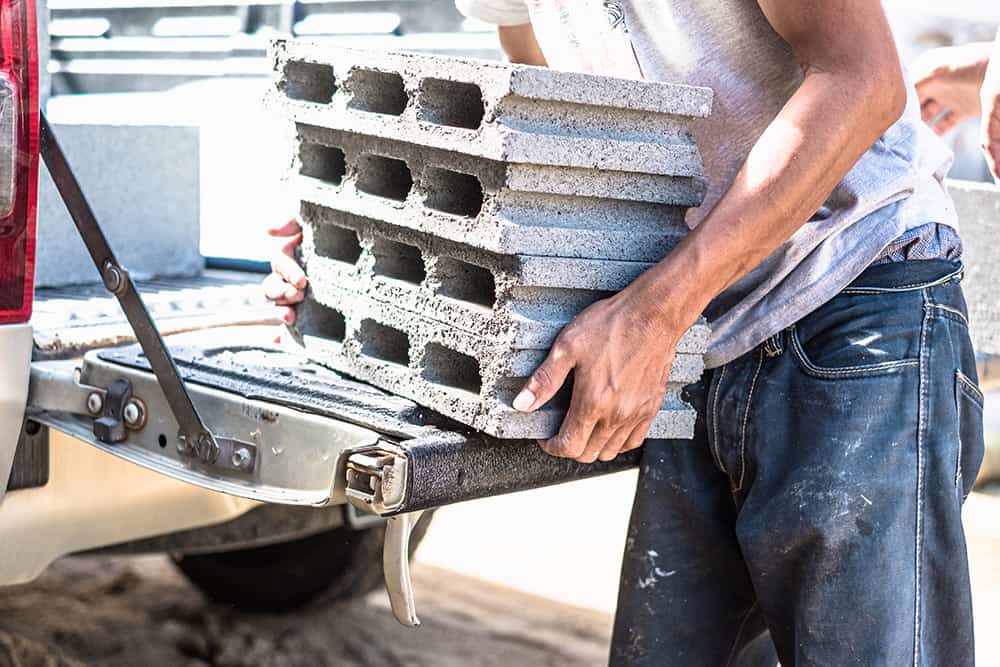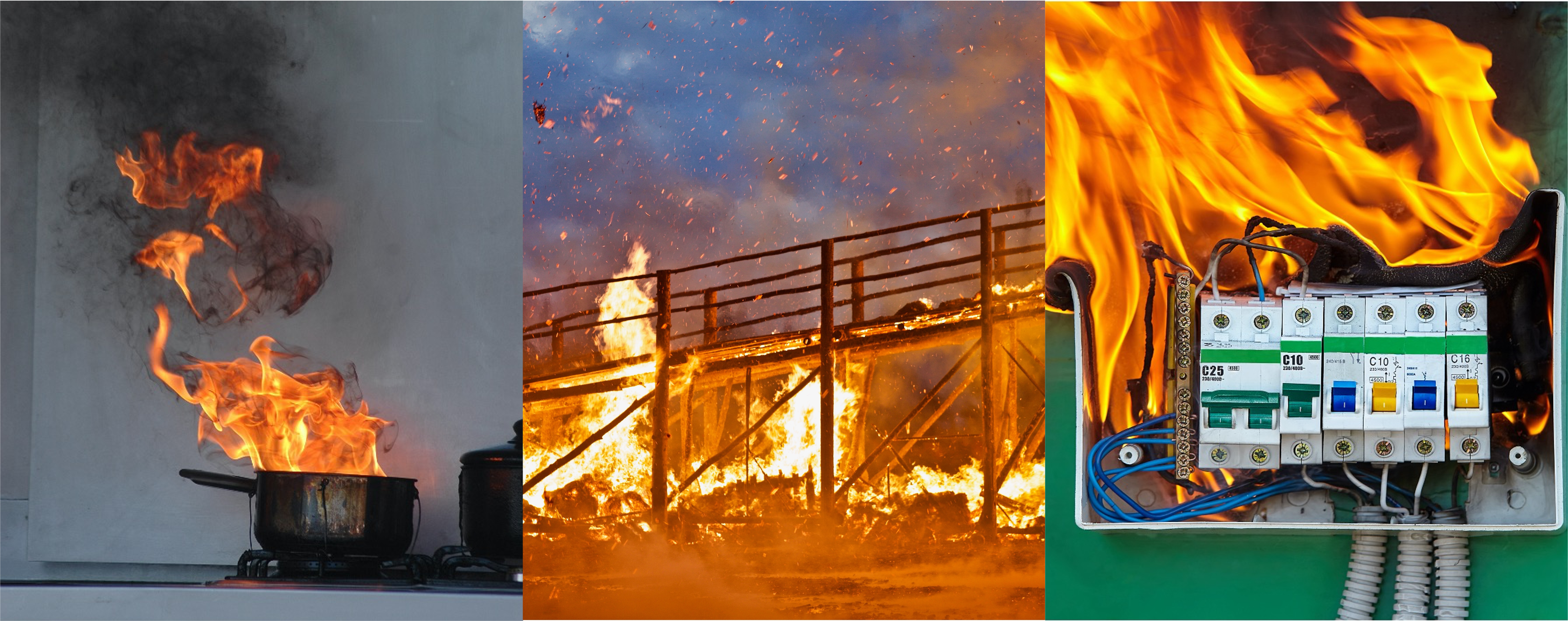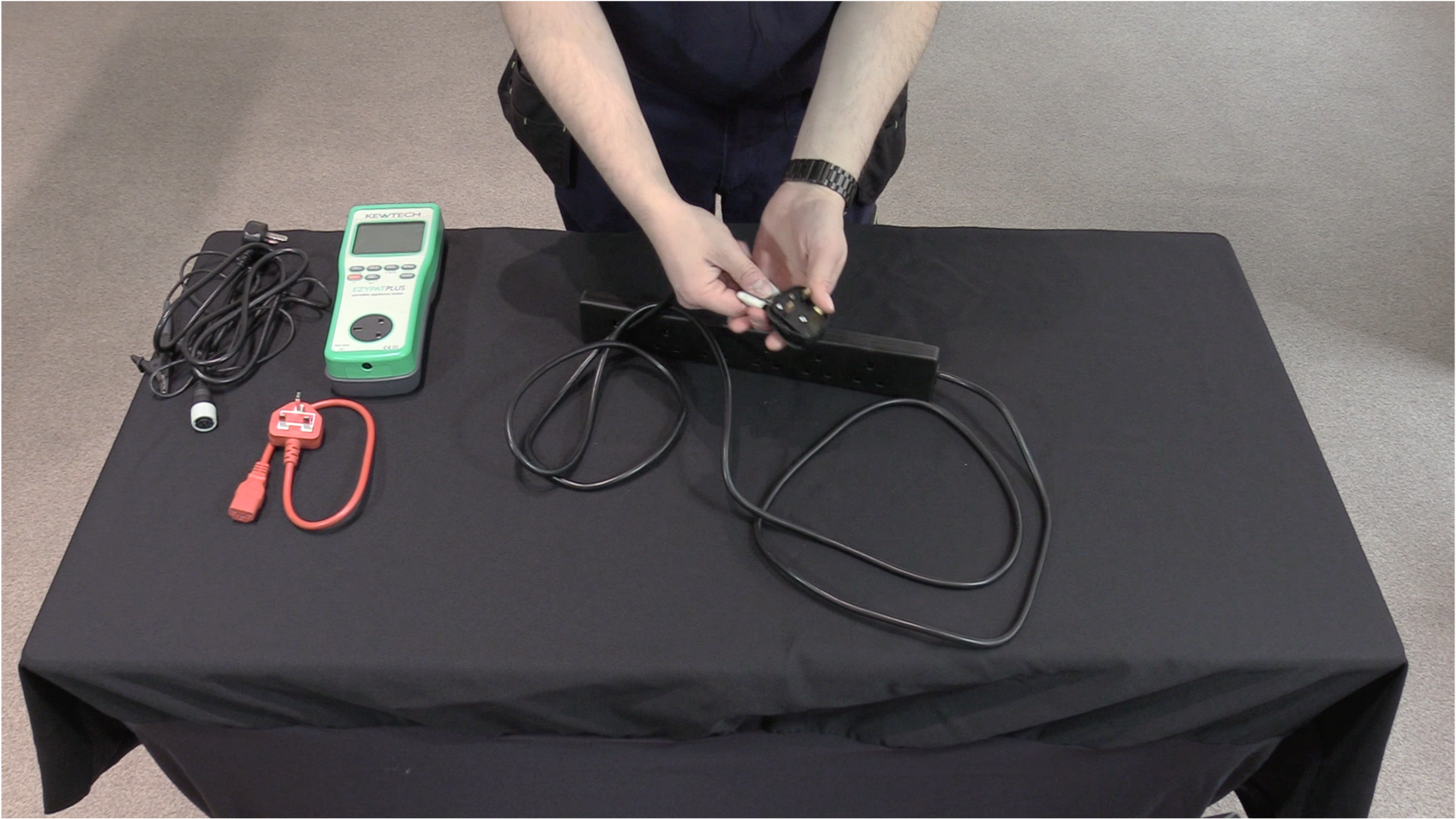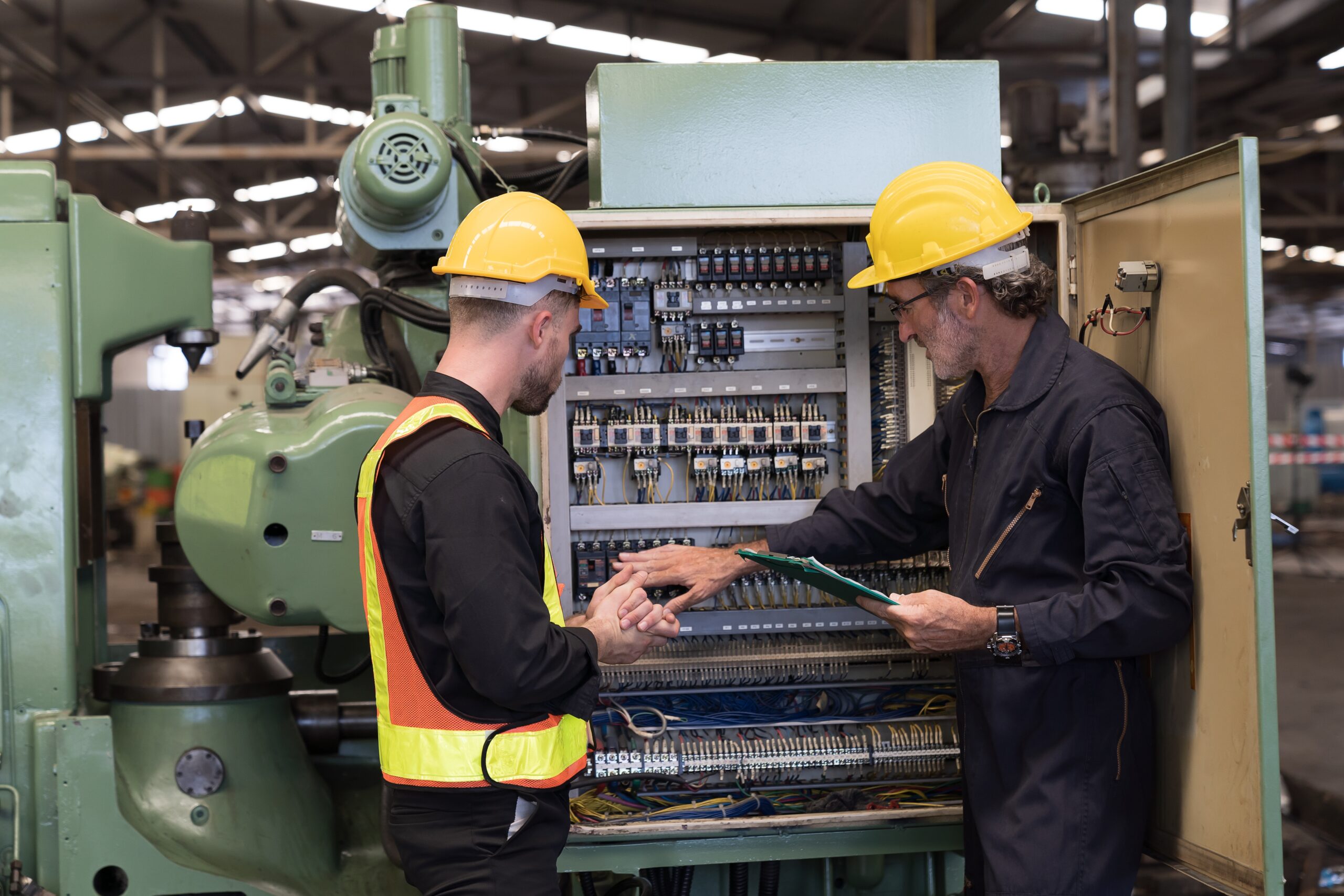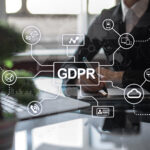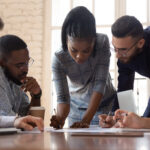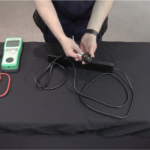
With abundant hot materials, sharp equipment and slippery surfaces, kitchens are among the most hazardous working environments. It’s no wonder that accidents in commercial kitchens are common.
If you own a restaurant or catering business, you must ensure that your kitchen is as safe as possible by law. This blog explores what a kitchen risk assessment involves and how to conduct one.
Does Your Kitchen Need a Risk Assessment?
The food service industry was one of six sectors with significantly higher workplace injury rates, according to the most recent figures from the Health and Safety Executive (HSE).
Anyone who owns a restaurant or operates a catering business is legally responsible for protecting their staff from injuries. This means taking all reasonable steps to eliminate or reduce risks in the kitchen.
When working with food, as well as any other sector, this begins with the risk assessment process. A kitchen risk assessment is nothing more than a simple analysis of anything that could cause harm in the workplace.
Not only do they make practical sense, they are also a legal requirement. If you aren’t conducting a risk assessment regularly, you are in breach of the Health and Safety at Work Act (HSWA) (1974) and could face criminal charges.
Differences Between a Kitchen Risk Assessment and a HACCP System
HACCP stands for Hazard Analysis and Critical Control Points. It provides guidelines on keeping food safe from biological, chemical and physical hazards. The aim of HACCP is to protect both your staff and the general public from contaminated food. All commercial kitchens must have an up-to-date HACCP system in place.
On the other hand, a kitchen risk assessment is specifically intended to develop a system to protect your staff from harm. While there are instances where both of these systems overlap, they are both separate systems and must be treated as such.
Who Can Conduct a Kitchen Risk Assessment?
The employer is solely responsible for ensuring that adequate health and safety procedures are implemented and met, according to the HSWA. However, the act does recognise that a business owner cannot always be on site. So, it allows employers to designate what is known as a competent person to carry out risk assessments and oversee health and safety matters.
The competent person must have sufficient experience, knowledge and training to complete their duties. It’s worth remembering that even though an owner can delegate the task of completing a risk assessment, the legal responsibility always lies with them.
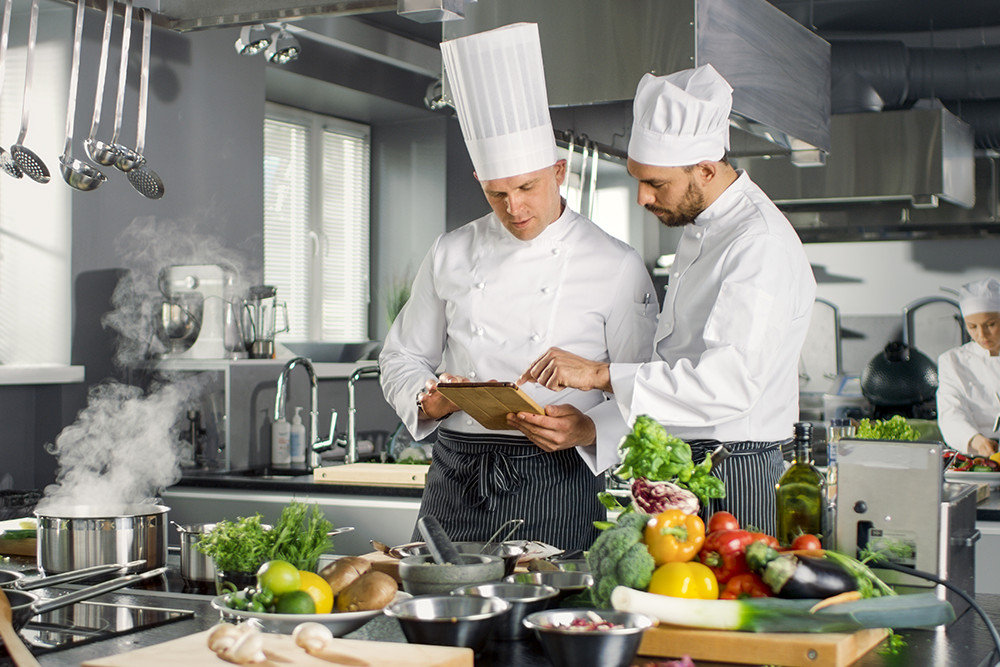
Many people follow a kitchen risk assessment template to properly conduct a risk assessment.
What is Involved in a Kitchen Risk Assessment?
Although every business is different and every kitchen has its unique hazards, there are some general steps of a kitchen risk assessment that you can follow. You can use the five steps below as a kitchen risk assessment template for catering businesses and restaurants.
Step One: Identify the Risks in Your Kitchen
It is your duty to identify any hazards that are reasonably foreseeable in your workplace.
Walk around your kitchen and see how many hazards and risks you can spot
Pay close attention to details from previous accidents or near-miss incidents
Consult with your employees and get their input on what risks are in the workplace
Check any industry guidance that’s available
Try to identify both immediate hazards such as cuts or burns, as well as anything that could cause long-term health issues, such as manual handling procedures or exposure to hazardous chemicals.
Step Two: Identify Who May Be Harmed and How
When thinking about who may be harmed, you don’t need to go into specifics and name individual people. Simply think about who is doing what particular job and the risks associated with it. Dishwashers may be susceptible to scalds while chefs may be more prone to cuts, for instance.
While your focus should be on your staff, you must also consider the risks to the general public that might be caused by accident. For example, a cut could result in blood contaminating food sent out to the dining area.
Step Three: Assess and Control the Risks
Once you’ve compiled a list of risks and determined who may be harmed, you must concentrate on developing procedures to eliminate or control the risks. Think about how likely the risk is to happen and then try and develop measures to either eliminate or control the risk.
A commercial kitchen cannot eliminate the risk of cuts because chefs need to use knives. You are only required to control risks ‘as far as is reasonably practicable’. However, you can implement regular refresher training on knife handling techniques, provide first aid training, give your people protective gloves and ensure ample stocks of blue sticking plasters, for example.
Step Four: Record Your Findings
At this point, you must make a written record of all your findings. It can be in digital or paper format. A written record isn’t legally required for businesses with less than five employees. Still, it can be useful in keeping track of what systems you have in place and what may need to be updated.
If an accident occurs or you’re investigated by the HSE, a written record of previous risk assessments can be used to prove you have been compliant.
Your written records should contain:
- A list of all risks identified and the controls you’ve implemented
- All staff training
- Any previous accidents or near misses.
It’s a good idea to put your written record where your staff can see it and give their opinion on if it has covered everything. Make sure you discuss the findings with your team and ensure that everyone understands their obligations.
Step Five: Review Your Kitchen Risk Assessment
You must regularly review your kitchen risk assessment to ensure it’s still effective. There isn’t a set legal timeframe for this. Still, recommendations state that a risk assessment should be reviewed whenever there’s a change in work activities. So, a busy commercial kitchen should often review its risk assessments.
Whenever a new piece of equipment or a new way of preparing a dish is introduced into the workplace, you must review your risk assessment. A big change to the working environment will require a thorough review while a minor change will require a more cursory review. Again, take a common-sense approach.
Provide Your People with Risk Assessment Training
As a restaurant or catering business owner, the responsibility lies solely with you for ensuring that the workplace is safe. Providing your people with access to accredited and reputable health and safety training is the best way to ensure you meet your legal obligations and do what you can to keep your people safe.
Our risk assessment training course teaches participants health and safety risk assessment fundamentals. It’s crucial knowledge for food service employers, managers, and employees.
About the author(s)












































